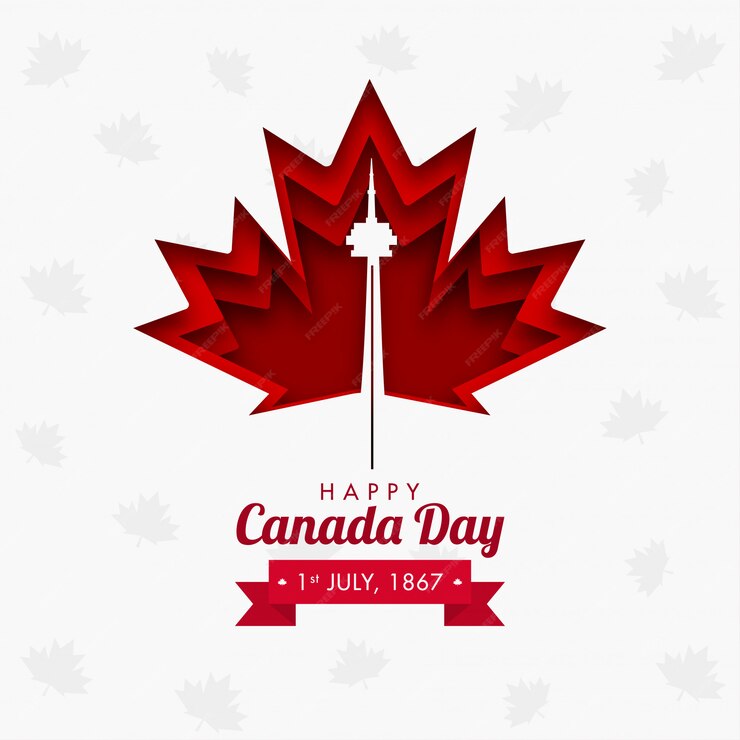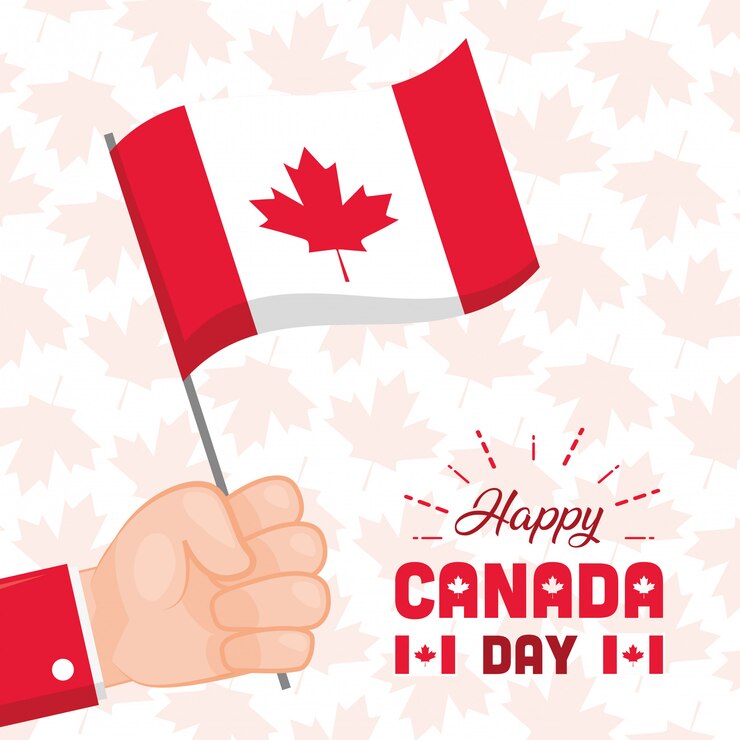Success stories on Hiv/Aids issue in USA
AI-UNO, have a success story regarding Hiv/Aids in USA. The United States has made significant progress in addressing HIV/AIDS over the years, resulting in several success stories in the fight against the epidemic. Here are some notable examples: For donation please register your self send email with subject “donations” on info@aiuno.org
- Reduction in New Infections: The U.S. has seen a substantial decline in new HIV infections over the years. According to the Centers for Disease Control and Prevention (CDC), new HIV diagnoses decreased by 31% from 2010 to 2019, partly due to increased HIV testing and prevention efforts.
- Advancements in Treatment: The introduction of antiretroviral therapy (ART) has been a game-changer. With early diagnosis and access to treatment, people living with HIV can now lead longer, healthier lives. Furthermore, studies like the “Undetectable = Untransmittable” (U=U) campaign have reinforced that individuals with undetectable viral loads cannot transmit the virus to others.
- Pre-Exposure Prophylaxis (PrEP): The availability and promotion of PrEP, a daily medication that significantly reduces the risk of HIV infection, have had a substantial impact on prevention. PrEP usage has been growing in the U.S., especially among high-risk populations.
- Ryan White HIV/AIDS Program: The Ryan White HIV/AIDS Program has been instrumental in providing essential medical care, support services, and medications to individuals living with HIV who may not otherwise have access to these resources. It has contributed significantly to improving health outcomes.
- Combating Stigma: Various organizations and campaigns have worked to reduce the stigma associated with HIV/AIDS, creating a more supportive and inclusive environment for individuals living with the virus. This has encouraged more people to get tested and seek care.
- Community-Based Organizations: Numerous community-based organizations and NGOs across the country have played a vital role in providing education, prevention services, support, and advocacy for people affected by HIV/AIDS. These organizations work closely with affected communities to address their specific needs.
- Increased Awareness and Testing: Efforts to raise awareness about HIV and the importance of testing have contributed to earlier diagnoses and treatment initiation. The “National HIV Testing Day” and various local initiatives promote regular testing.
- Needle Exchange Programs: In response to the opioid crisis and the potential for HIV transmission among injection drug users, several cities have implemented needle exchange programs. These programs provide clean syringes and access to health services, reducing HIV transmission.
- Focus on High-Risk Populations: The U.S. has increasingly targeted high-risk populations, including men who have sex with men, transgender individuals, and people of color, with tailored prevention and treatment programs. This approach has been effective in reducing disparities in HIV outcomes.
- International Collaboration: The U.S. has been a leader in international efforts to combat HIV/AIDS through programs like the President’s Emergency Plan for AIDS Relief (PEPFAR), which provides funding and support to countries heavily affected by the epidemic.
While these success stories demonstrate progress in the fight against HIV/AIDS in the U.S., challenges remain, including addressing disparities in HIV infection rates, improving healthcare access, and continuing public education and prevention efforts. The ongoing commitment of healthcare professionals, activists, government agencies, and NGOs is essential to achieving the goal of an AIDS-free generation.






Leave a Reply